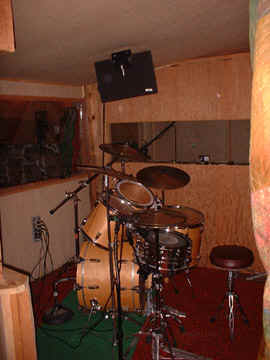|
HOME Gear photos. Scroll to bottom for a short FAQ section. |
(This page will be slow loading on dial-up internet connections). |
|
Choice of our four different Digital Audio Workstations.
SawStudio Screen Shots |
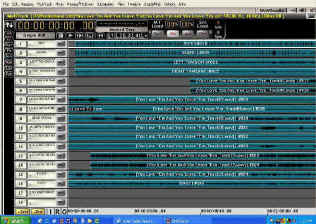 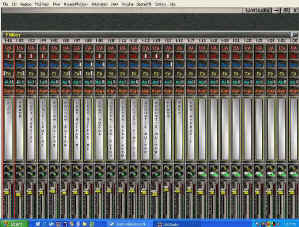
Studio One Screen Shots  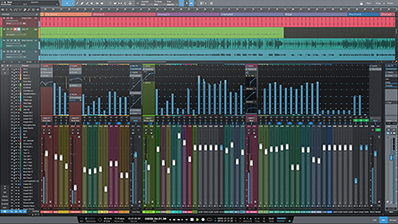
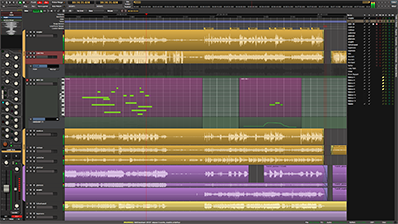 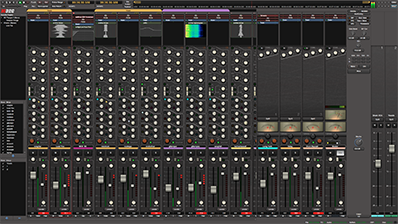 Reaper Screen Shots 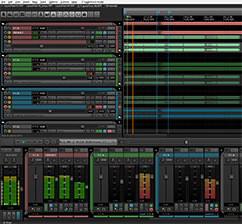 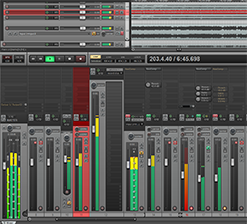 |
|
|
Our recording console is a PreSonus 32
StudioLive Series III with 32 inputs. Some of our mics pictured below (additionally, we have lots of Shure SM-57s and 58s... ) |
| Neumann U-87 (2) AKG- 414 AKG- C3000 AKG- C1000S |

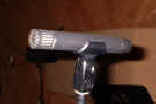 |
| A-T 4030 EV- RE 20 Shure KSM 27 A-T 4051a |
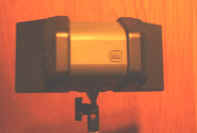 
|
| Crown SASS Stereo mic PPA "R-One" Ribbon AKG- 240M headphones (6) |
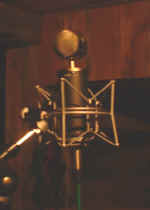
 |
| CAD Trion 6000 Cascade "Fathead" Ribbon |
VINTECH
X-81 Mic Pre  |
A couple of commonly asked questions: WHAT is the difference between analog tape recording and random access digital recording? The "difference" between tape and random access digital recording depends on whom you ask. There are technical and physical differences certainly (which I'll briefly explain later) but sonically the "better" sound is the subject of an ongoing argument among professionals. My personal opinion is that random access digital, with today's high quality digital converters and a high end DAW (digital audio workstation-- in my case software implemented) is sonically superior to analog recording (a linear tape based format). With digital there's no tape hiss, no data loss as the ferric oxide falls off the tape, no e.q. changes over time as the tape "relaxes", no high media cost (a reel of tape lasting 1/2 hour at 15ips costs the studio -- and therefore you-- $150... probably higher now), and no delicate storage requirements.
The physical differences are:
Analog (tape):
Digital (random access):
I am quite enamored of the random access digital recording process, and have sold my 2 inch tape recorder.
WHAT are the steps involved in recording a CD? If you have never recorded before, I would suggest you start by recording a couple tunes to get some experience with the recording process. To record for the first time and hope that it comes out acceptable for release, or major label critique is somewhat like taking a fencing lesson and going straight into a swordfight. You need to learn a little about the craft. Having said that, if by chance on your first attempt your tunes come out great and you want to send them out, you'll have lost nothing. I just don't think it's a good idea to bite off a big chunk at first. Depending on the complexity of your material, and the band's musical expertise, it will take from 2 to roughly 10 hours to complete a couple songs. This is not a hard and fast rule... merely a guideline based on my experience.
No matter what kind of music you are writing, never underestimate the importance of the vocal (intonation and style), the band's timing (it's very good to play to a click track), and guitar intonation. And please: make sure your instruments are in top shape with new strings and properly set up.
|
